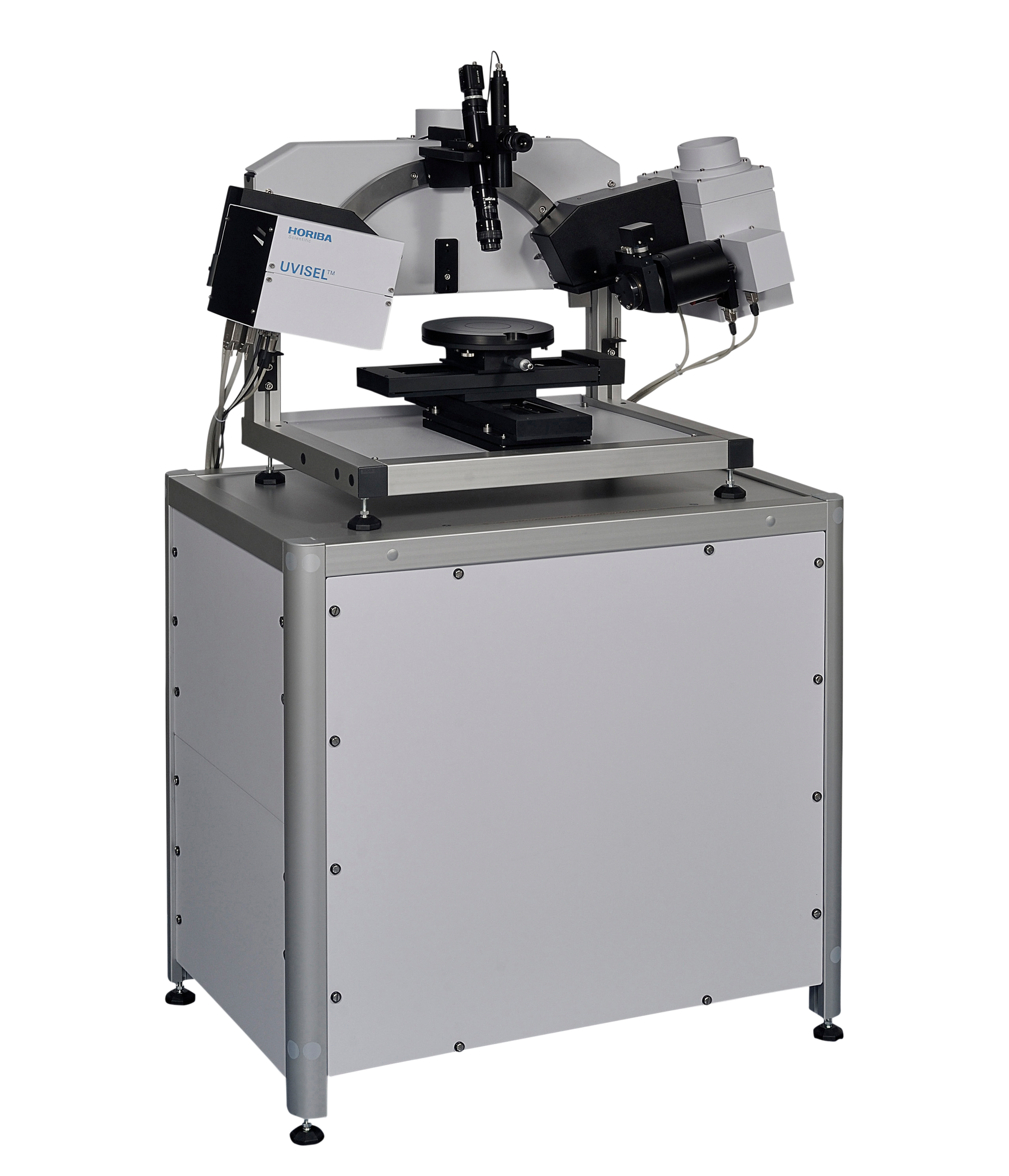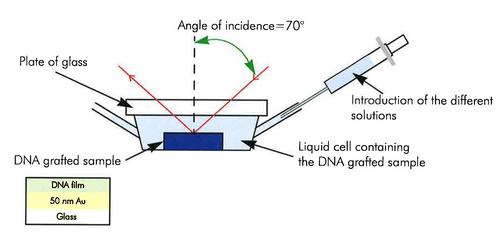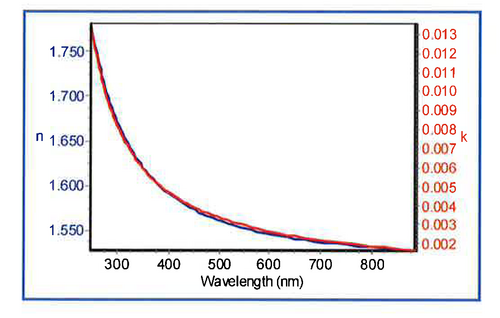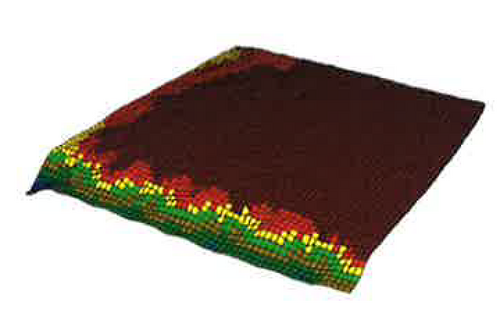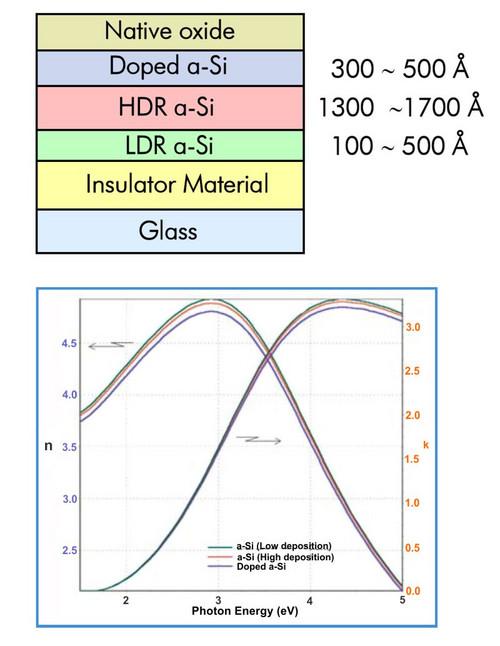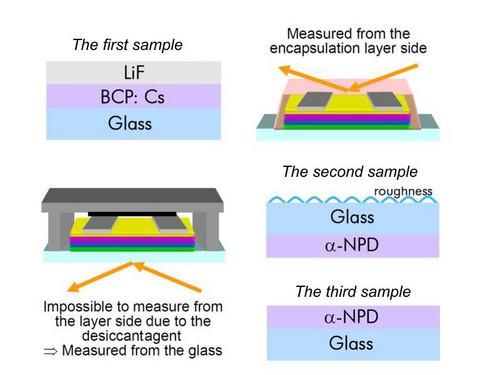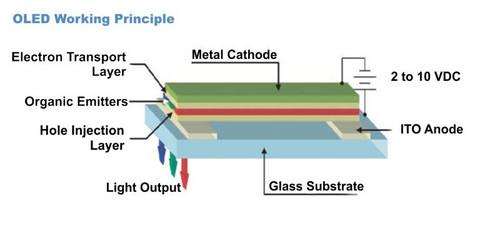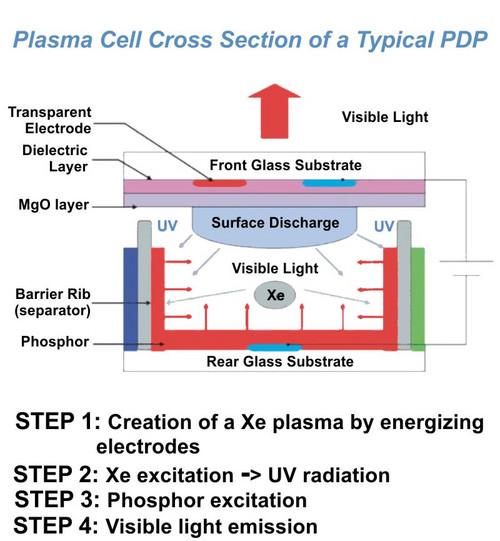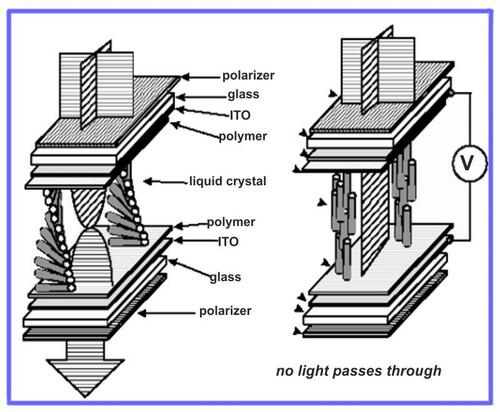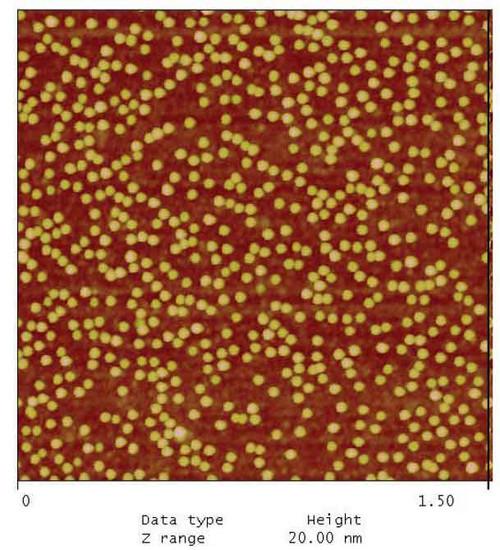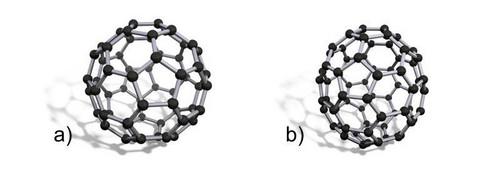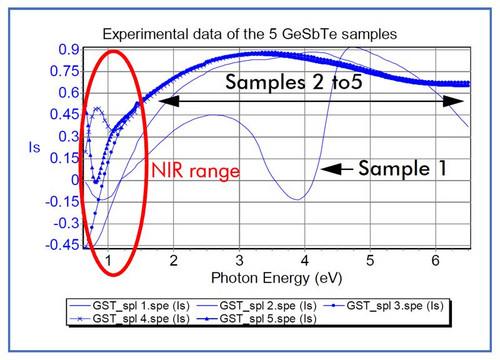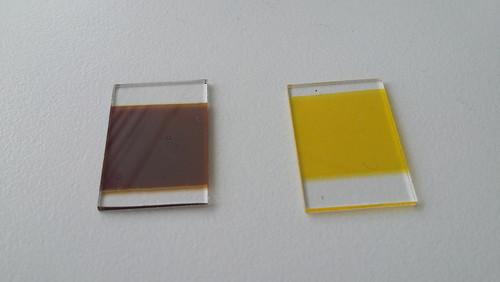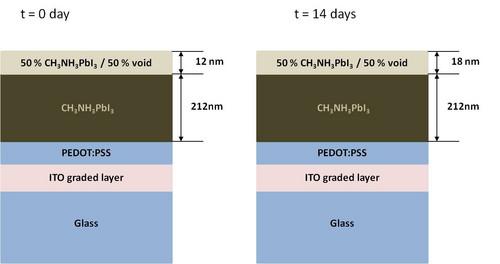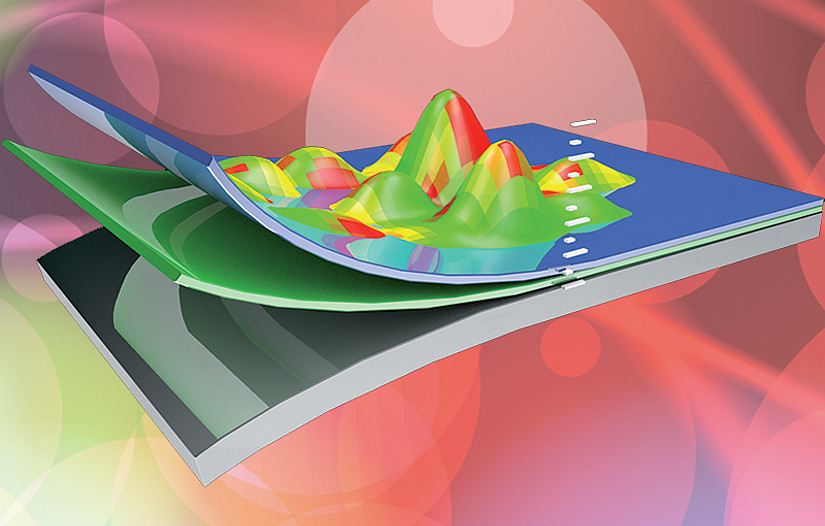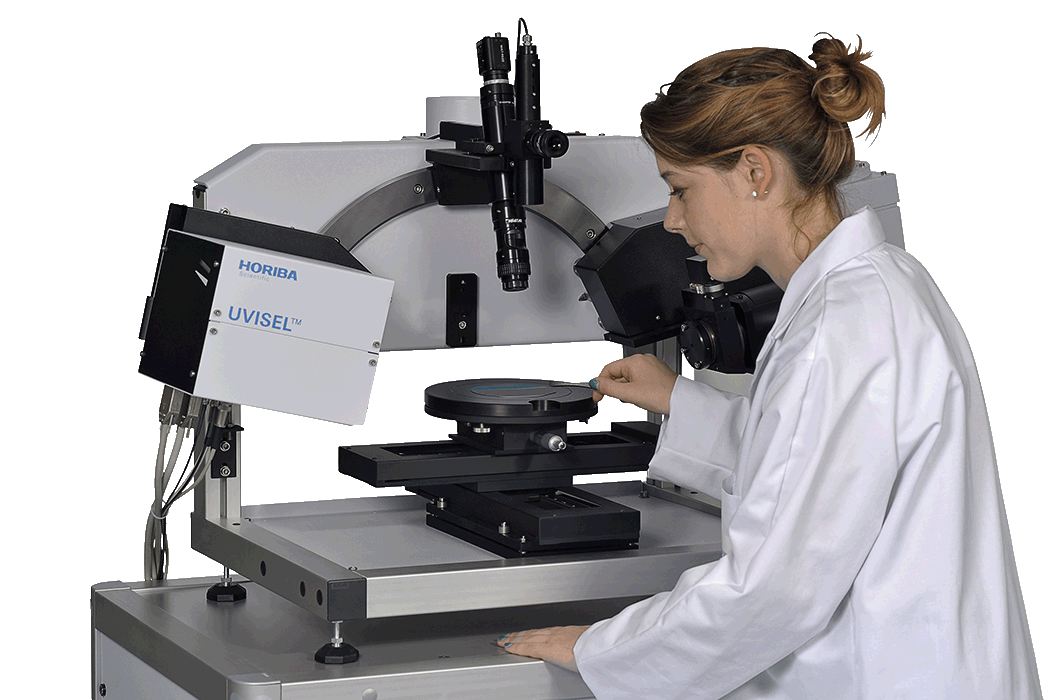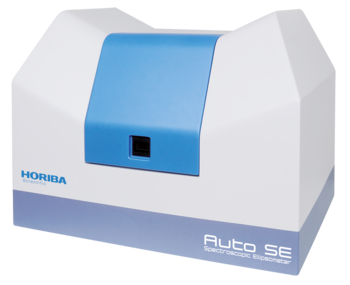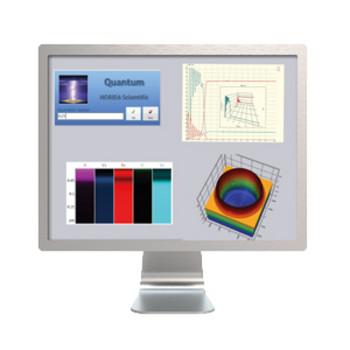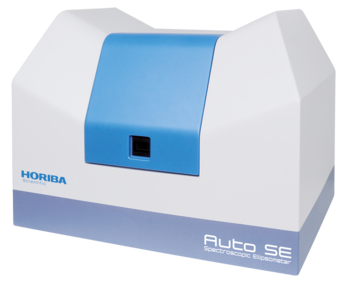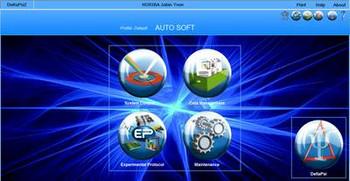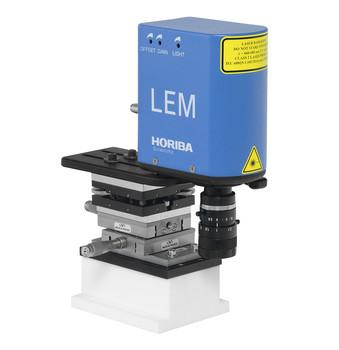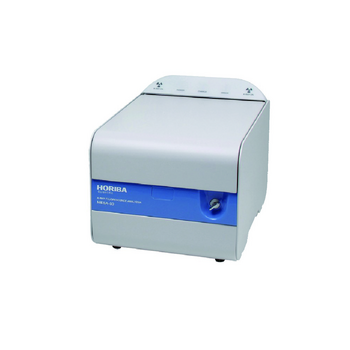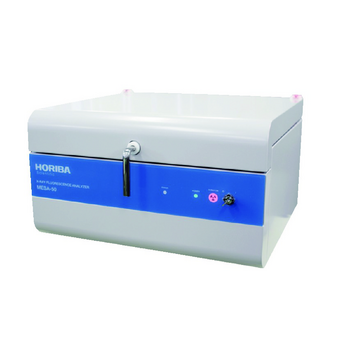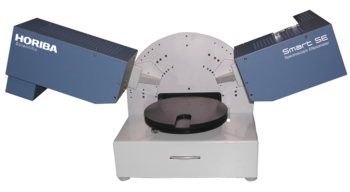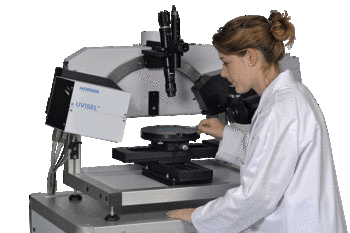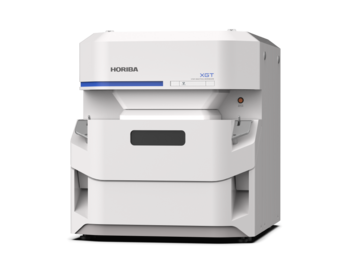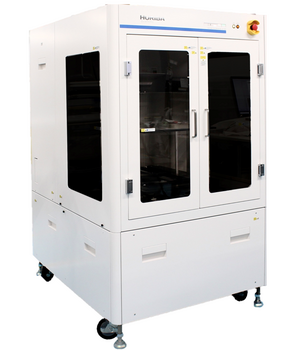UVISEL Plus
Spectroscopic Ellipsometer from FUV to NIR: 190 to 2100 nm
The Reference Ellipsometer for Thin Film Measurements
The UVISEL Plus ellipsometer offers the best combination of modularity and performance for advanced thin film, surface and interface characterization.
The new UVISEL Plus includes the newest acquisition technology designed to measure faster and more accurately than ever. FastAcq, the newest acquisition technology, is based on double modulation, designed for real world thin film characterization. Based on a new electronic, data processing and high speed monochromator, the new FastAcq technology enables a sample measurement from 190 to 2100nm to be completed within 3 minutes, at high resolution.
Based on phase modulation technology, the UVISEL Plus ellipsometer provides a powerful optical design to continuously cover the spectral range from 190 to 2100 nm. High quality data are delivered across the whole spectral range in terms of high accuracy, high resolution measurements and excellent signal to noise ratio.
The phase modulation technology characterizes polarization changes at high frequency (50 kHz), and without any mechanical movement. It results in:
- High accuracy measurements for all values of (Ψ,Δ)
- Excellent signal/noise ratio from the FUV to NIR
- Very fast data acquisition speed at up to 50 ms/point ideal for kinetic studies and in-situ real-time measurements
The UVISEL Plus phase modulated ellipsometer achieves higher sensitivity and accuracy for characterizing thin films when compared to conventional ellipsometers using rotating elements. It enables the detection of very thin films or interfaces that no other ellipsometers can see as well as the characterization of thick layers up to 50µm. The measurement and characterization of transparent samples with backside reflections are simple and accurate and doesn't require the scratch of the backside.
Designed for enhanced flexibility for thin film measurements, the UVISEL Plus offers microspots for patterned samples, variable angle, automatic mapping stage and a variety of accessories, making it scalable to meet all of your application and budget needs.
The modular design of the UVISEL Plus makes it possible to be used either as a benchtop metrology tool, or for in-situ integration on process chambers. or roll to roll machines.
The UVISEL Plus is controlled by either the DeltaPsi2 software platform or the Auto-Soft interface that are common to all HORIBA ellipsometers. DeltaPsi2 provides a complete measurement and modelling package allowing to address both routine and advanced thin film applications, while the Auto-Soft interface features an intuitive worksflow to speed up data collection and analysis.
The UVISEL Plus and its FastAcq technology is the most versatile spectroscopic ellipsometer for thin film thickness and optical constant measurements in the fields of materials research and processing, flat panel displays, microelectronics and photovoltaics.
The UVISEL Plus is considered a Reference ellipsometer for ultimate materials science.

